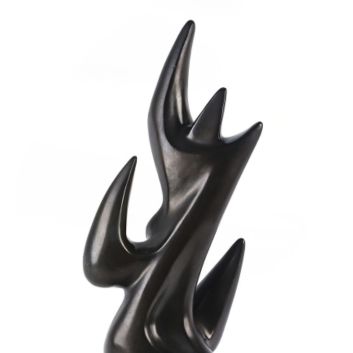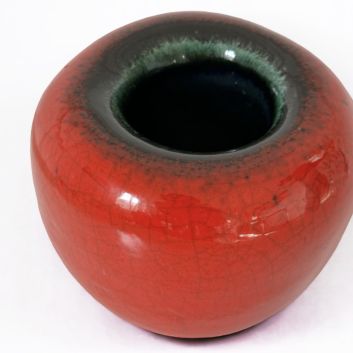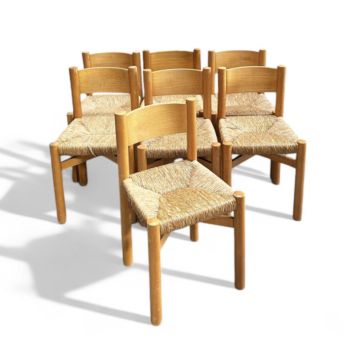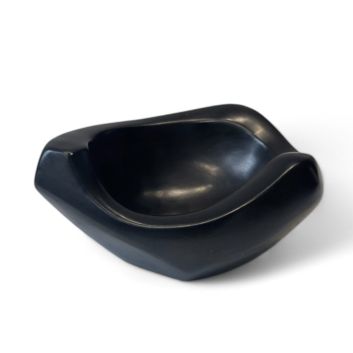Rating and value of sculptures and furniture by Odile Noll

If you own an object by or after Odile Noll, and would like to know its value, our state-approved experts and auctioneers can offer you their expert appraisal services.
Our specialists will carry out a free appraisal of your work, and provide you with a precise estimate of its current market value.
Then, if you want to sell your work, we'll point you in the right direction to get the best possible price for it.
Rating and value of works by Odile Noll
Odile Noll is a French artist well known to sculpture enthusiasts. If you own one of her works, it may be worth more than you think. On the art market, Noll's works can fetch very high prices under the auctioneer's hammer.
His wooden works are particularly prized by French and American buyers, and the price at which they sell on the art market ranges from €100 to €6,000, a fairly substantial difference, but one that says a lot about the value that can be attributed to the artist's work.
In 2018, an ebony bowl, dating from 1955 sold for €4,885 while it was estimated at between €2,600 and €4,300, three times the high estimate.
Order of value from a simple work to the most prestigious
Type of work | Results |
|---|---|
Objects | From €100 to €4,885 |
Furniture | From €700 to €6,000 |
Response in less than 24h
Style and technique by Odile Noll
Odile Noll (active 1950 - 70) is an artist who inherited her father's sculptural tradition. She trained in the studio of her father, Alexandre Noll. She continues his formal language, while bringing a more refined sensibility of her own.
Her work is characterized by an organic aesthetic. Her works, often in wood, are inspired by nature, mineral and plant forms, in a quest for balance and fluidity.
It establishes a strong link with post-war design, as part of the French arts and crafts movement of the 50s, at the crossroads of sculpture, furniture and utilitarian objects.
She works extensively with solid wood, preferring noble species (ebony, walnut, pear), which she hand-carves into supple, abstract forms.
She polishes her surfaces and builds solid forms. Each piece is sanded at length, then polished with wax or oil, revealing the grain of the wood as a plastic motif in its own right.
The objects she creates are functional and sculptural: vases, boxes, bowls or sculptures. Her creations navigate between the decorative object and pure sculpture.
Odile Noll's work is characterized by a gentle abstraction: her forms are non-figurative, but often evoke seeds, drops of water or pebbles, demonstrating an abstraction that is nonetheless rooted in reality.
She masters the notions of full and empty, playing on closed volumes, subtle balances and the internal harmony of masses. Her sculptures are also imbued with a certain expressive sobriety. She rejects ornament, favoring an economy of means and the primacy of the artisanal gesture.
Odile Noll occupies a special position in the artistic landscape of 20th-century ceramics. Her works are discreet and demanding, and less publicized than her father's, she takes an intimate, radical approach to creation, close to certain Japanese or Scandinavian artists of the same period.
His work is now being rediscovered in the context of a renewed interest in twentieth-century decorative arts.

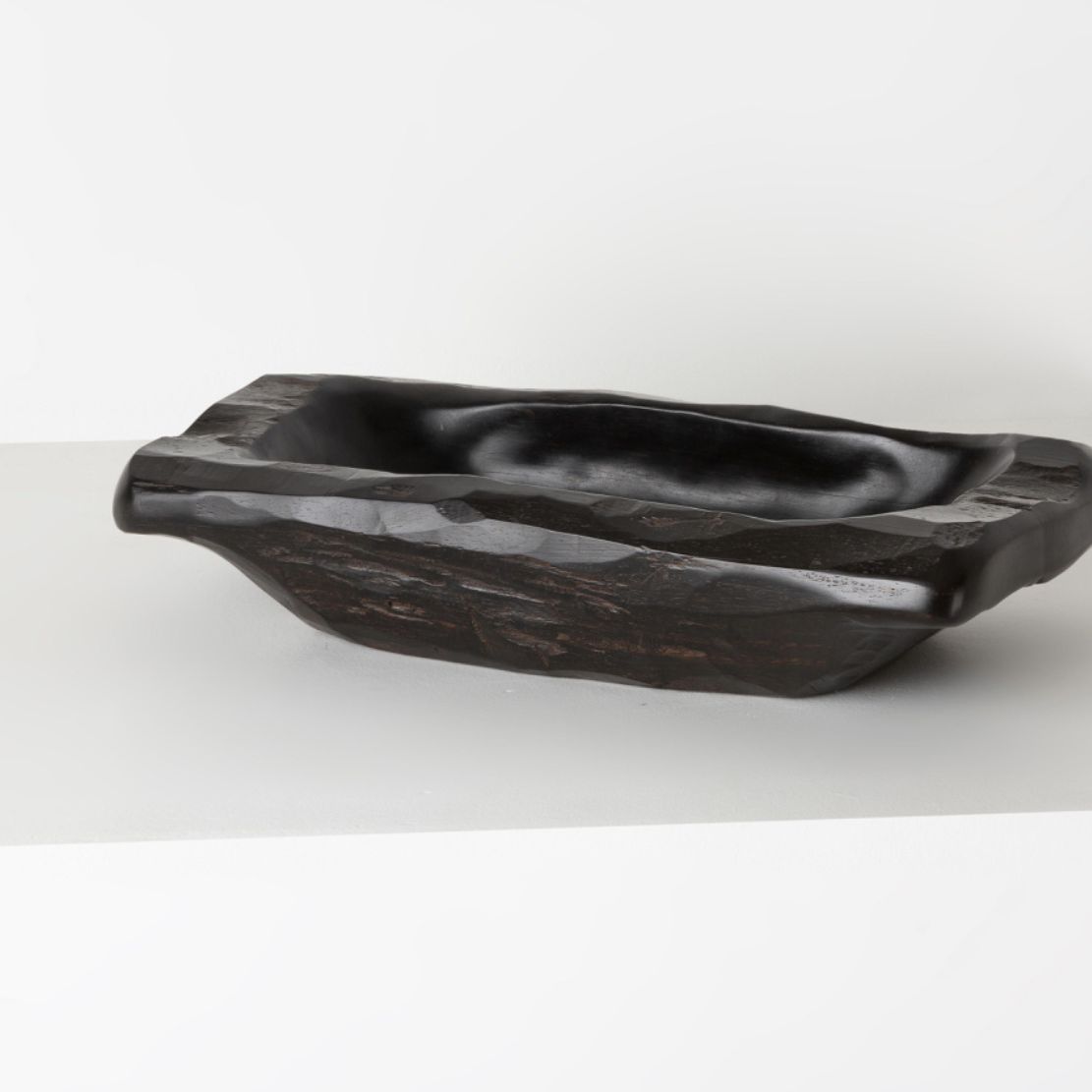
The life of Odile Noll
Odile Noll (1921 - 2014) is a French artist specializing in woodworking. Born in France, she is the only daughter of sculptor Alexandre Noll (1890 - 1970), and grew up in an artistic environment imbued with a passion for wood.
From an early age, she was introduced to the subtleties of woodworking in her father's workshop, where she learned to handle the tools and understand the living material that is wood.
Her artistic career is a continuation of her father's work: she continues to create small decorative objects, passing on her heritage, technique and passion for wood.
His works, often carved bowls, voids or boxes, are characterized by free forms that blend polished and rough parts, playing on the aesthetic dichotomy between rusticity and abstraction.
Although influenced by her father, she has developed her own, more sober and uncluttered sensibility, bringing a feminine and contemporary touch to wood craftsmanship.
Working with solid wood and noble species such as ebony, walnut and rosewood, she showcases the art of craftsmanship through her hand-crafted sculptures in supple, abstract forms.
Each piece is carefully finished, sanded at length and polished with wax or oil, revealing the wood grain as a plastic pattern in its own right.
His creations navigate between decorative objects and pure sculpture, blurring the boundaries between art and craft.
After her father's death in 1970, she became the leading expert in authenticating his works, and played a crucial role in preserving his artistic heritage. Less publicized than her father, she embodies an intimate and radical approach to creation, close to certain Japanese and Scandinavian artists of the same period.
Today, the artist's works are attracting considerable interest at auction.
Odile Noll's imprint on her period
From the 1950s to the 1970s, Odile Noll embodied a singular path in the revival of arts and crafts. At a time marked by the rise of industrial design, Odile Noll defended a slow, manual, material-focused approach that was directly linked to the heritage of the workshop.
It remains faithful to noble materials. Like Pierre Chapo or Charlotte Perriandshe values solid wood, but with a more sculptural and organic approach, less concerned with structural furniture.
It is also an aesthetic relative of the wabi-sabi movement, with its pure forms, particularly rough surfaces and respect for materials, evoking contemporary Japanese designers such as George Nakashima.
Her career has gone against the grain: she rejects industrial design, unlike artists such as Jean ProuvéShe rejects the logic of series and function, preferring unique, hand-crafted objects.
The dimension of his work is artistic rather than functional: his work is more akin to that of Joseph Savina or Henri Navarre, who explore the frontier between sculpture and the applied arts.
Her sculptures also strike a balance between form and silence: she inscribes her work in a tradition of gesture, essence and the unspoken, thus placing herself at odds with the spectacular or the gratuitously decorative.
It thus follows in the footsteps of Alexandre Noll's work, extending it without limiting its universe, and inscribing its own signature in the history of French sculpture and furniture.
Her impact is discreet but real. Although she did not seek the visibility of the great figures of modernism, her work is now being rediscovered for its formal coherence, tactile force and timelessness.
She is a benchmark in the redefinition of the object. Like Andrée Putman in a different register, she has contributed to renewing the look of 20th-century decorative arts, drawing them into the realm of sculpture.
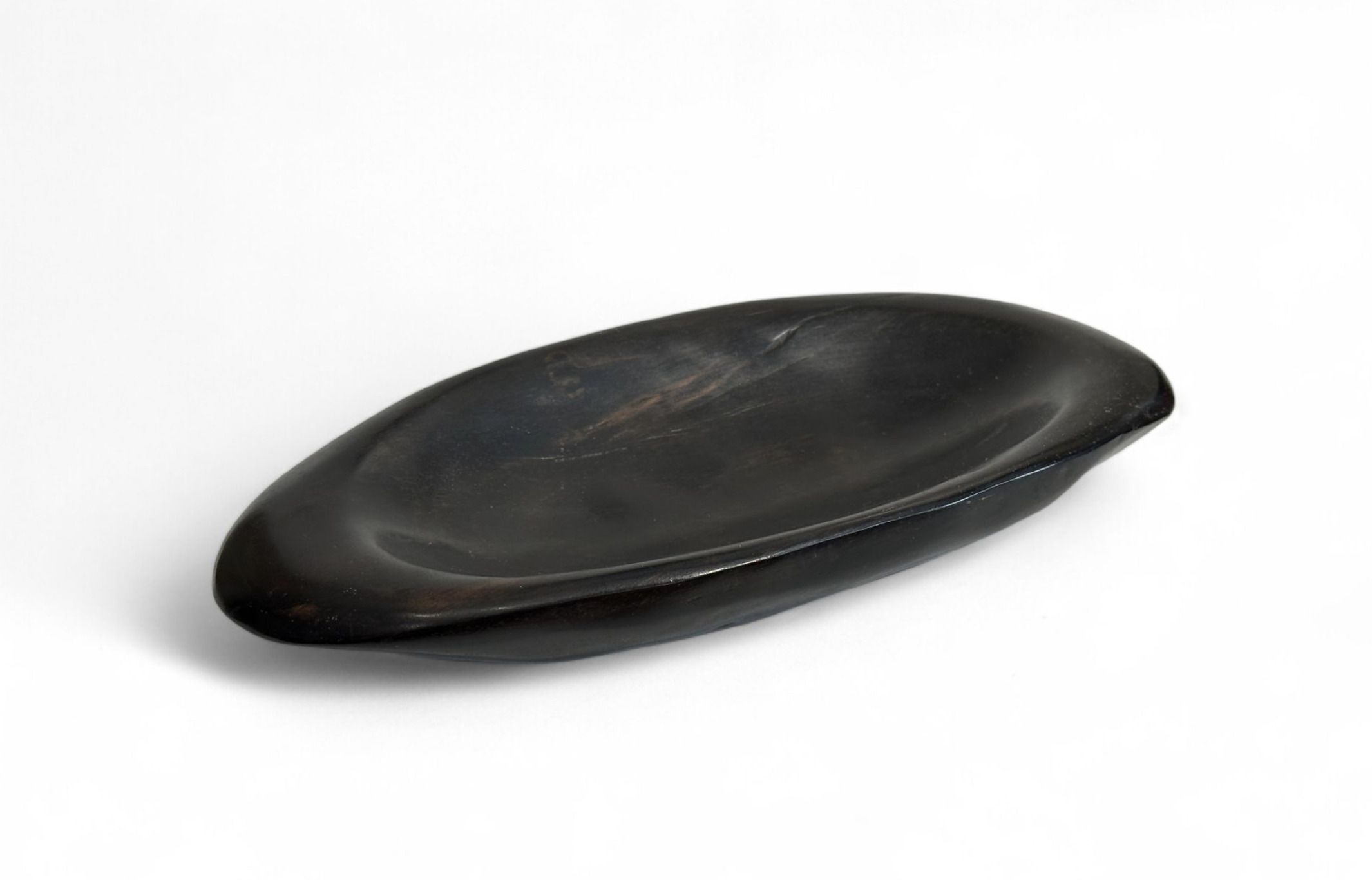
Recognizing the signature of Odile Noll
Not all objects produced by Odile Noll are signed. What's more, copies may exist, which is why it's important to have your work appraised.
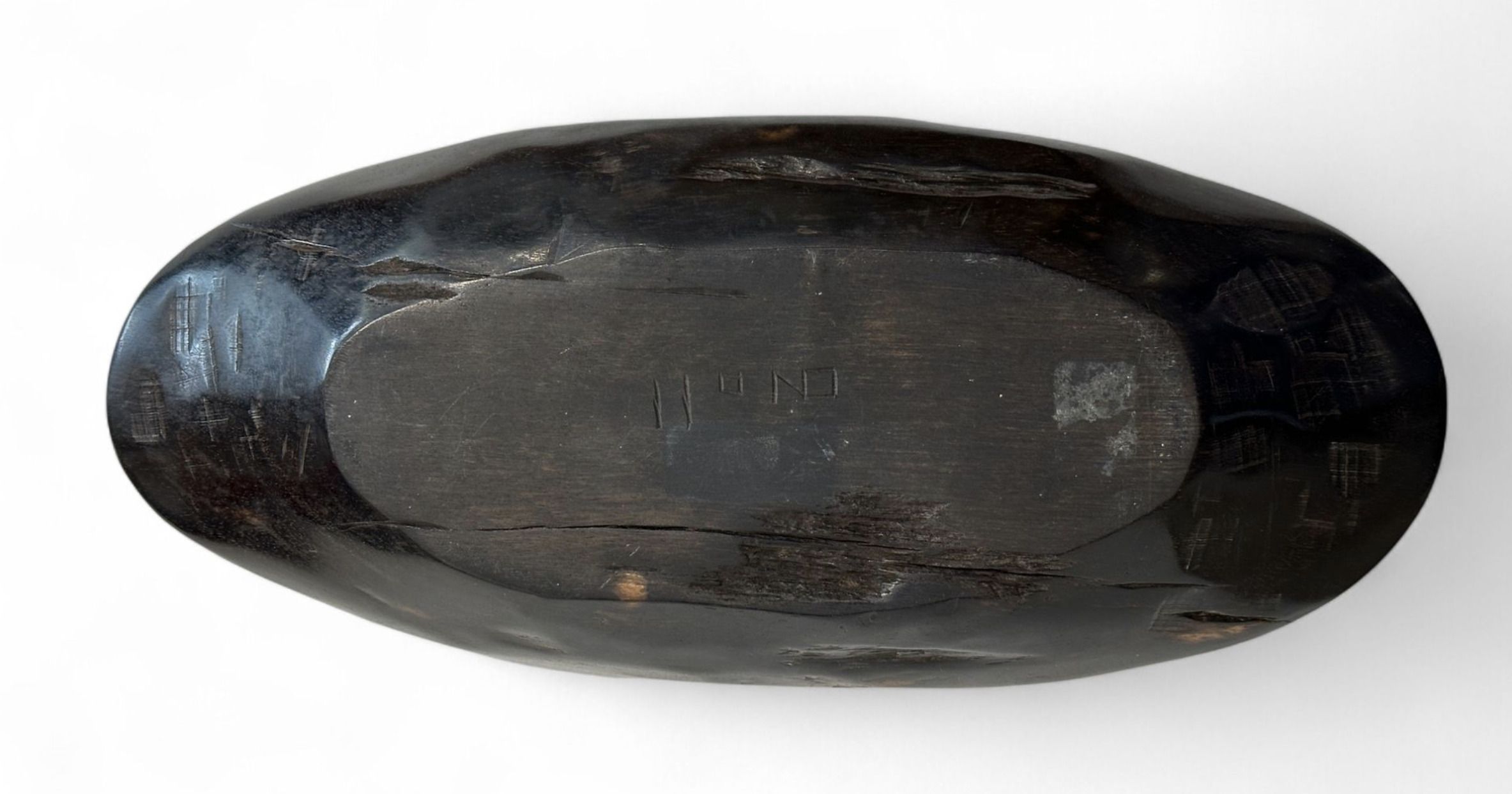
Knowing the value of a work
If you happen to own a painting by Odile Noll or one based on this artist, don't hesitate to ask for a free estimate using the form on our website.
A member of our team of experts and certified auctioneers will contact you promptly to provide you with an estimate of the market value of your work, as well as any relevant information about it.
If you're thinking of selling your work of art, our specialists will also be on hand to help you find alternatives for selling it at the best possible price, taking market trends into account.
Response in less than 24h
Related topics

Rating and value of works, drawings and paintings by Suzanne Va...
Suzanne Valadon is a 20th-century artist who produced Impressionist and Naturalist works that are highly prized and sought-after at auction.
Read more >
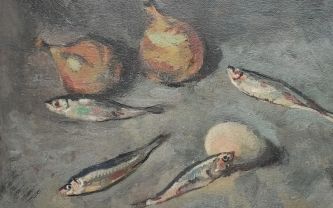
Rating and value of paintings by Constanti...
Terechkovitch is a Russian Expressionist painter who has produced works that are quoted and valued on the auction market.
Read more >
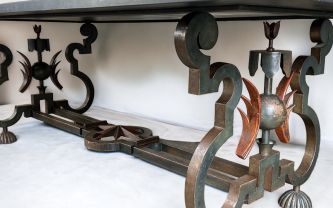
Rating and 2024 value of Gilbe's furniture, tables and lighting fixtures...
Gilbert Poillerat is a twentieth-century master wrought-iron craftsman who has produced works that are listed and valued on the auction market.
Read more >
Secure site, anonymity preserved
State-approved auctioneer and expert
Free, certified estimates

